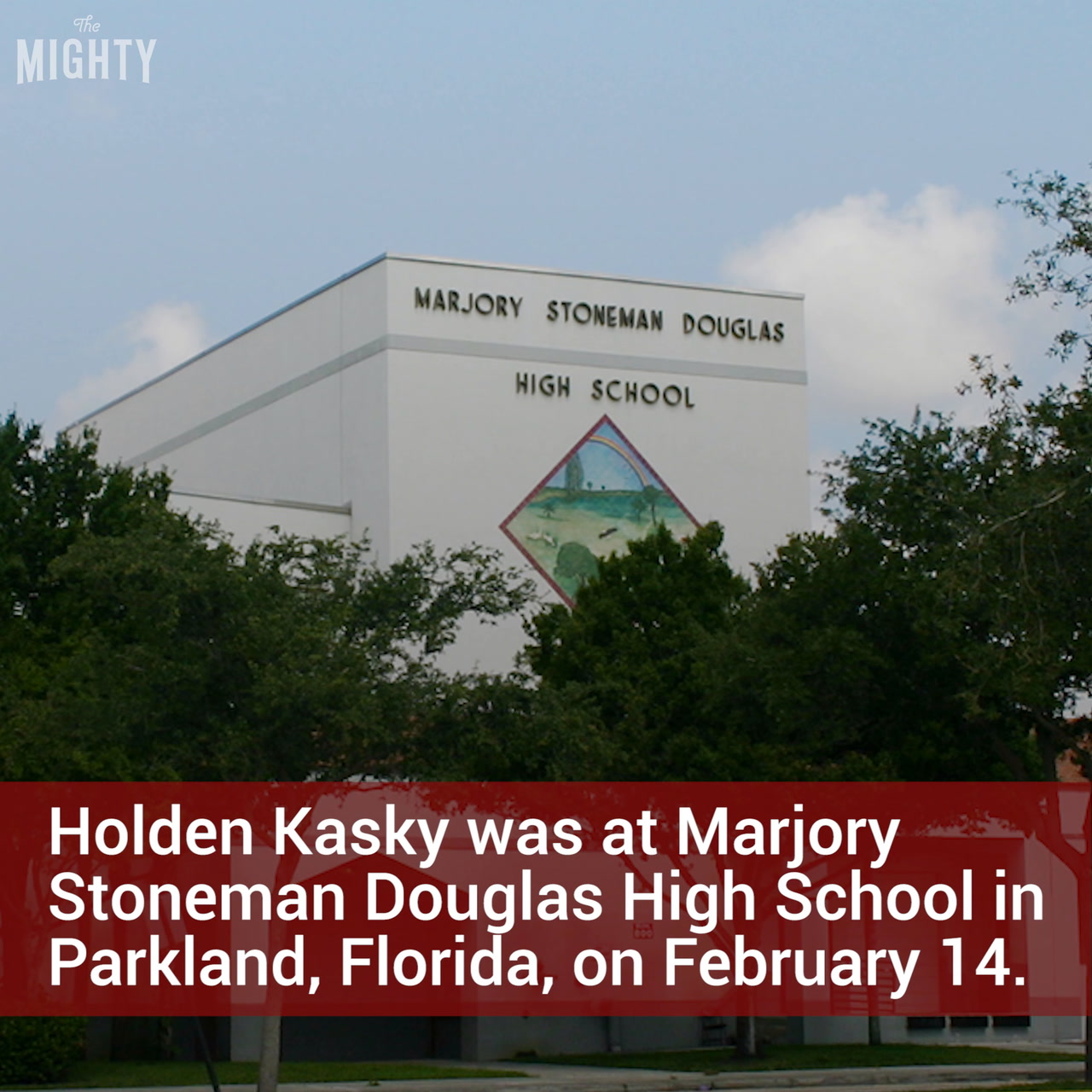The Mighty investigated how schools across the U.S. handle active shooter scenarios for students with disabilities. This is what we found — and how we can do better.
Transcription:
“Before the shooting at the school it was just a normal day.”
Schools aren’t preparing students with disabilities for active shooter scenarios.
Holden Kasky was at Marjory Stoneman Douglas High School in Parkland, Florida, on February 14.
The 16-year-old on the autism spectrum had to run and hide,
along with his brother and 20 other students on the spectrum.
“We thought it was a fire drill, but that was weird because we had a fire drill earlier.”
The most common guidance provided by states comes from the Readiness and Emergency Management for Schools Technical Assistance Center (REMS).
REMS provides three basic options during an active shooter scenario:
Run, hide or fight.
“What if the kids can’t really speak? They never put their hands up, like what are they gonna’ do?”
But these guidelines often don’t work for students with disabilities.
This requires students, parents and teachers to make sure they are included in the school’s plan.
A burden required of no other student demographic.
While Holden’s school participates in active shooter drills,
not all schools require them.
And Holden never thought he’d need them.
“Until it comes, you’re just like, ‘I don’t really like this, could we go back to class?’”
Ask your principal, teachers and aides to make sure a plan for kids with disabilities is in place for emergencies.
Share to save a life.

